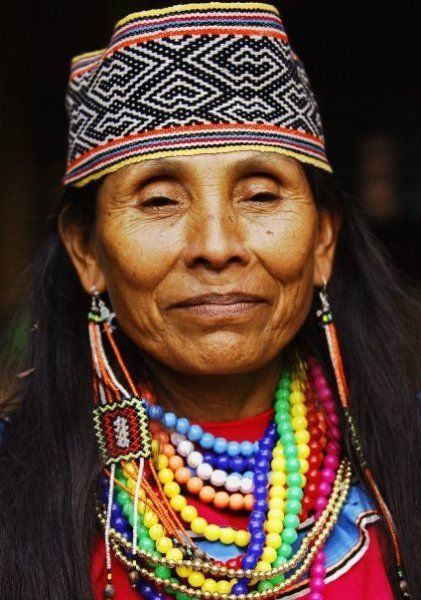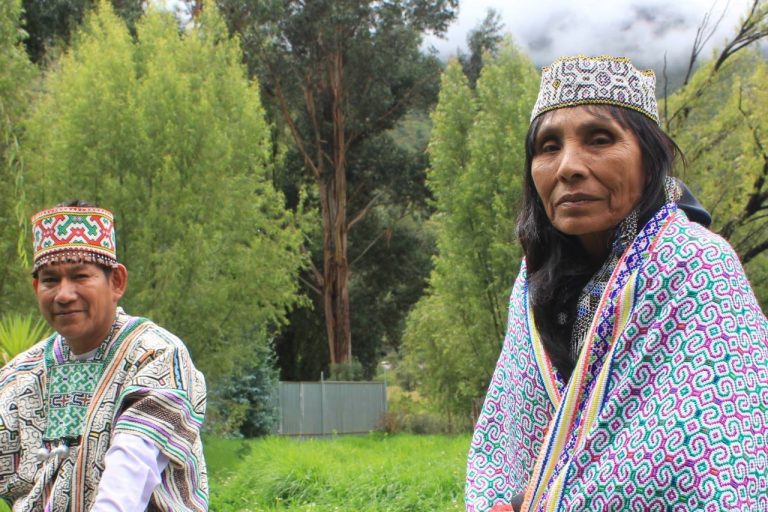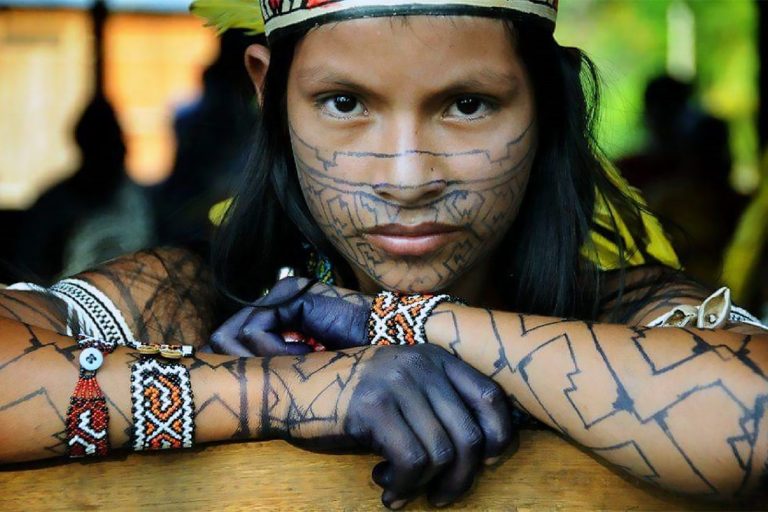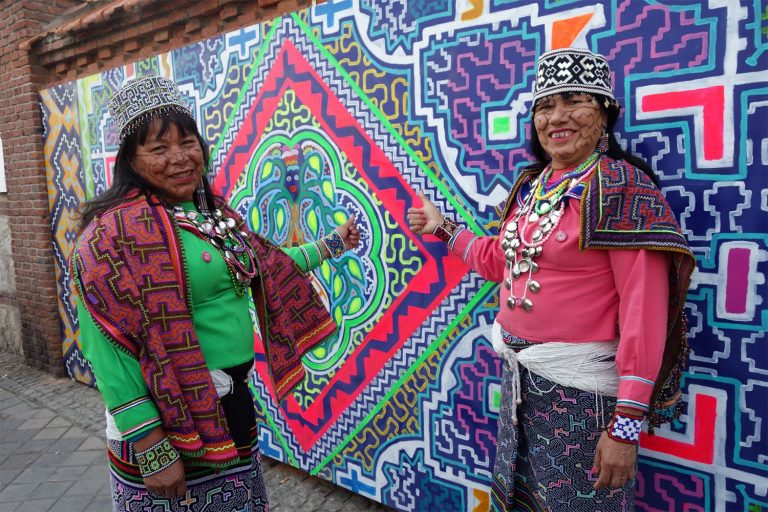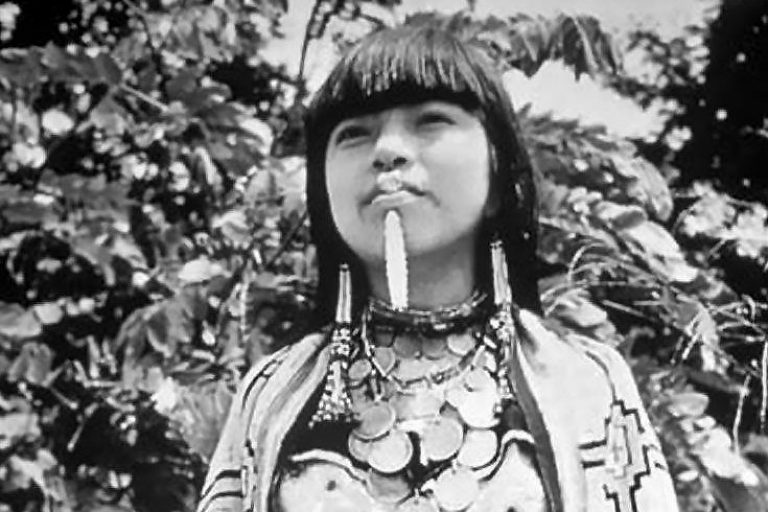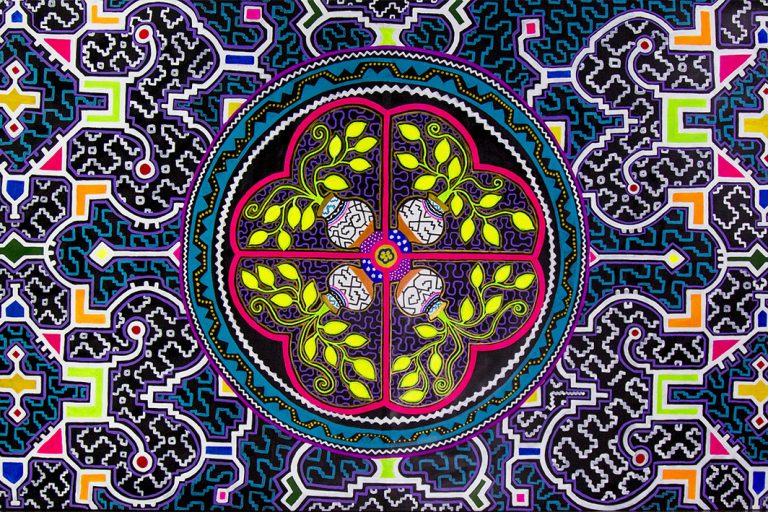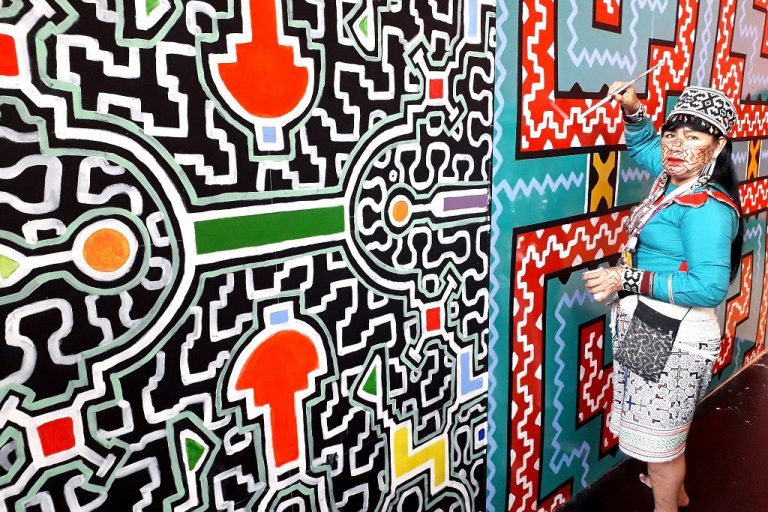«These pictures will bring health, happiness and success»
There are many women among the traditional healers of the Amazon (Sp. curanderos): deceased Norman Panduro from Iquitos, Manuela Mauva, Lisa Vargas, Celestina Vela from Pucallpa… The last talked to the director of UNI RAO about the peculiarities of her life path. You can find the beginning here.
Several months passed before I was lucky enough to meet again with Maestra Celestine (from the Lat. Caelestine – Heavenly). At the end of May, the summer ended, and with it the rainy season. Winter has come, but not the one to which the inhabitants of the Northern Hemisphere are accustomed, but winter with an unbearably scorching sun, when plants have to be watered even in the jungle. But the nights during this period of the year are divine: the sky is cloudless and starry, the temperature drops to +20C, and sometimes +18C degrees, so you have to crawl under a warm blanket.
So, it was a hot winter morning. 😊 That night I had a very strange dream. These dreams usually happen when you are on a diet with the plant, or in people deep in the Amazonian tradition. They are characterized by liveliness and special realism and even somewhat resemble a ceremony; it is impossible to confuse them with ordinary everyday sleep. Even before I woke up, I realized that by all means I must meet with Celestine again. Without thinking twice, I quickly packed up and, eating something on the way, went to visit a neighboring village to see the Maestra.
They were clearly waiting for me here. As usual, I was surrounded by a crowd of children, only this time I was immediately dragged to maloca (a traditional hut where healing ceremonies are held), saying: – Abuelita está, te esperando … (Sp.: – Grandma is here, she is waiting for you…). I got goosebumps, and a cold sweat broke out on my forehead: perhaps it was just the right time in this weather. 😊
The Maestra, by her habit, sat on the porch, sipping a pipa (smoking pipe). Seeing me, she smiled and called out: – Miaki joa? (Ship.: – You arrived?). – Je, Je. – I answered in the Shipibo language, as is used to answer such a phrase.
Usually in Latin America, when meeting, it is customary to exchange a few phrases about health and the like, even if you didn’t really want to know – it’s a tradition… But the Maestra continued without wasting time on welcoming etiquette.
Maestra Celestina: – Did you have a dream tonight?
UNI RAO: – Yes, that’s why I came.
Having been in the tradition for a long time, I had already ceased to be surprised at anything, but I was still alarmed by a certain tension.
– I was performing a ceremony at night, and there was a big attack on me, but I was able to cope. I know this will be repeated, they will not rest until they kill me.
– What happened, Maestra? Who wants to kill you?
– Oh, it doesn’t matter… I cured one woman, and that brujo (Sp. for evil sorcerer), who did her dano (Sp. for damage / curse / harm), does not calm down and is now attacking me.
– Can I help you?
– I do not need help, I have to put on you an arcana (Ship. for protection), since you have my icaros (sacred songs of the shaman, performed during the ceremony). You, too, can be harmed, I veiled my children at night. You stayed…
The Maestra put down her pipe, reached for her purse, took out a bottle of Agua de Florida (a perfume used by shamans in ceremonies), unscrewed the cork, pressed the bottle to her lips and sang, placing her icaro in the perfume. When she finished singing, Celestine gave me a good perfume.
– Ya, hijo, listo! (Sp. – Ready, son).
I thanked the Maestra, but I didn’t want to leave. I thought this was the right moment to continue our interview. Fortunately, it was.
– Maestra, remember, last time you said: – Our world is one of medicine, and it is alive, natural. And this world around is not ours, it is wrong, the picture in it is distorted… So, what does it mean, the picture is distorted and what kind of picture is it?
– Look. – The Maestra pointed to her skirt embroidered with patterns: – The whole world around us, all objects, plants, animals and people are covered with such designs as those that we embroider on our clothes – kene. Each person and everything has its own drawing.
– Yes, I saw these on the bodies during the ceremony.
– So, if you look at a person whose body has a disease, then in the place where the problem is, this drawing will be wrong, it will get out of the picture. If you look at our world, you will see that his drawing is wrong and ugly. It is flawed, which is why I said so last time.
– So, all the women who embroider clothes and paint souvenirs, drink medicine, are also shamans? How else do they see such drawings?
– Аh…
The Maestra frowned a little, and for a moment I thought she was angry. But Celestine picked up her pipe and lit it.
– When I was little, we had a tradition: mothers buried all girls’ eyes with piri-piri (a fragrant plant, has more than 40 varieties) – kene waste (a type of piri-piri to start seeing patterns), and we all went on a diet. Since we were little, we ate only what our parents gave us, we did not have a sexual life at that age yet. Therefore, it turned out to be a good diet. And now, when I concentrate, I begin to see such patterns. And in exactly the same way, anyone who has done this can, for this it is not necessary to go to the ceremony and drink medicine.
– And now they do this too?
– Oh no… I did it to my daughters and granddaughters, but in most cases they don’t do that anymore. Few people have such a piri-piri. Basically, young people copy the works of their mothers and grandmothers, forget the roots ….
The Maestra’s face changed and she thought. Traces of deep sadness appeared on her face.
– So what? The tradition is slowly dying, and who will keep the roots?
– It turns out, it’s dying, – Celestine replied very quietly.
There was a pause in our conversation, and it already began to drag on, when the Maestra roused herself, cheered up and spoke again.
– Do you know, my mother told me the old story of how such pictures appeared…
«Once a young couple from the Shipibo tribe, travelling through the jungle, came across a magical place where the fish in the river and the fruits on the trees were abundant, and on the river bank there was a good place for home. While the woman was arranging the place, the man went to explore the area and was carried away by the trail through the jungle. After a while, he came to the bank of the river, where a small bay was surrounded by a dense wall of bushes and reeds.
Suddenly he noticed a girl standing by the water. Before he had never seen such a fragile, beautiful and unearthly creature. She was naked, and her entire body was covered with an amazing pattern, repeating, but at the same time surprisingly varied. The man was struck by her beauty, but as soon as he uttered the first word to ask the girl about where she came from, she fell dead.
This divine creature was so pure that the sound of human speech killed her. The man rushed to his wife to tell her about this miracle. Together they went to look at the amazing pictures covering the body of the deceased. They were so beautiful, that the woman tried to copy them, but she failed.
Rumors about this miracle spread, and after a while people even from remote villages came to look at the drawings. And nobody could copy them. And the more people looked at these drawings, the less they became visible. The day came when it was almost impossible to distinguish them.
On that day, an old woman appeared out of nowhere. She began teaching Shipibo girls how to create these living ornaments. The old woman said: – Each mother will teach her daughters this art, passing on knowledge from generation to generation, these pictures will bring health, happiness and success to the life of the tribe. They will protect you and bring good luck into your life. While people were discussing what they had heard, the old woman disappeared, and no one else saw her again».
– Indeed, an amazing story…
It was already late evening, and I had to return. I thanked the Maestra for the knowledge, the time spent and her care for me. We exchanged pleasantries a little more, and I went home.




